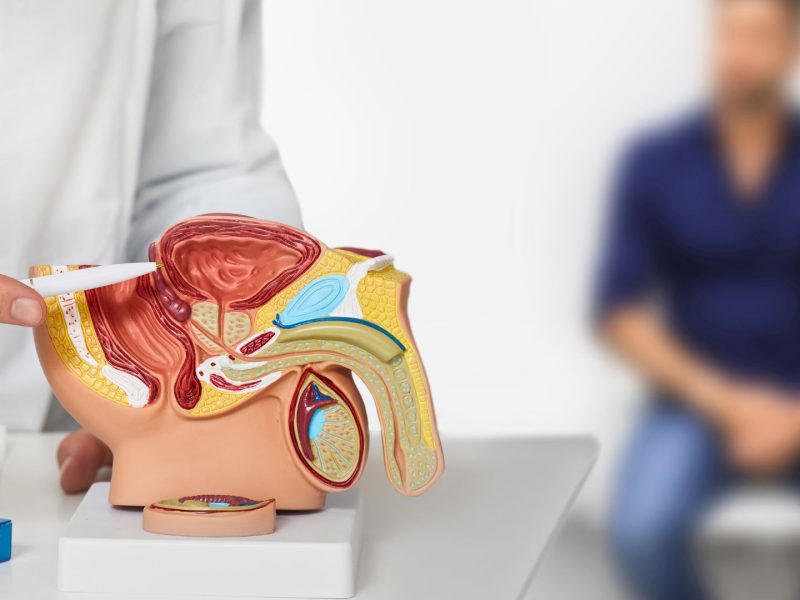Have you ever woken up with an unexpectedly sore wrist or ankle, wondering what went wrong? As someone who’s spent years studying musculoskeletal conditions, I can tell you that tendon inflammation, or tendinitis, is more common than you might think.
The Basics of Tendon Inflammation
Tendons are these remarkable rope-like structures that connect our muscles to bones. Think of them as the body’s natural cables, transmitting force from muscles to create movement. When these essential connectors become inflamed, it can feel like your body’s hitting the brakes on your daily activities.
Common Causes of Tendon Inflammation
Repetitive Motion
The most frequent culprit? Doing the same movement over and over. Whether you’re a tennis player serving countless balls or an office worker typing away at your keyboard, repetitive motions can gradually irritate your tendons. It’s like wearing down a rope by rubbing it against the same spot repeatedly.
Sudden Intensity Changes
Your weekend warrior syndrome might be catching up with you. Jumping into intense exercise without proper conditioning is like trying to run a marathon without training – your tendons simply aren’t prepared for the sudden stress.
Age-Related Changes
As we get older, our tendons become less flexible and more prone to injury. It’s similar to how an old rubber band loses its elasticity and becomes more likely to snap.
Warning Signs You Shouldn’t Ignore
Your body has clever ways of signaling tendon inflammation:
- A deep, achy pain that worsens with movement
- Morning stiffness that gradually improves as you get moving
- Mild swelling around the affected area
- A crunching sensation when moving the joint
Prevention Strategies That Actually Work
Let’s talk about keeping your tendons happy and healthy. Regular stretching is crucial – think of it as giving your tendons their daily maintenance check. Proper warm-ups before exercise act like warming up an engine before a long drive.
Treatment Approaches
When inflammation strikes, the RICE method (Rest, Ice, Compression, Elevation) is your first line of defense. But don’t just rely on rest – gentle movement helps promote healing and prevents stiffness. It’s about finding that sweet spot between rest and activity.
When to Seek Professional Help
If your pain persists beyond a few weeks or significantly impacts your daily activities, it’s time to consult a healthcare provider. Some tendon conditions can worsen if not properly treated, potentially leading to chronic problems.
Understanding why tendons get inflamed is the first step in prevention. By recognizing early warning signs and taking appropriate action, you can keep your tendons functioning optimally and maintain an active lifestyle. Whether you’re an athlete, office worker, or somewhere in between, taking care of your tendons is crucial for long-term joint health and mobility.
The key is listening to your body and responding appropriately – neither pushing too hard nor being overly cautious. With proper care and attention, you can keep your tendons healthy and continue doing the activities you love.



